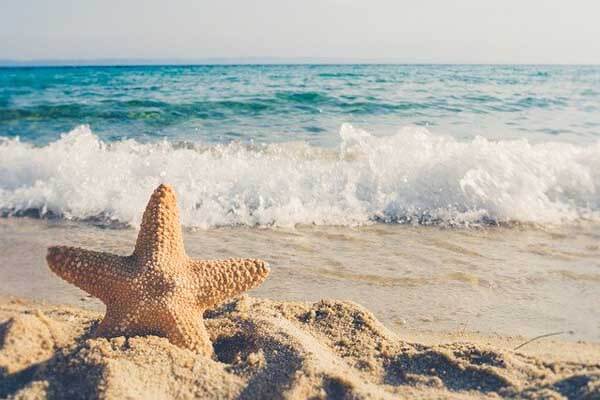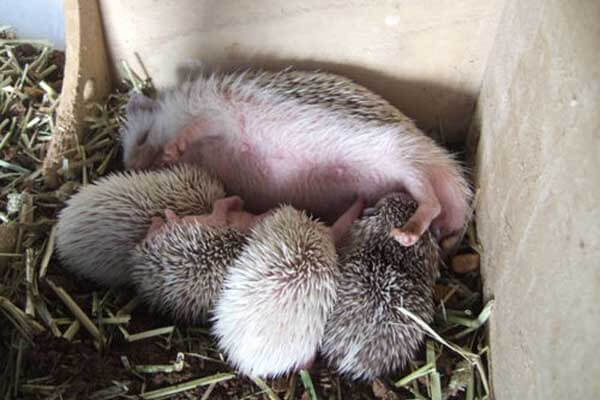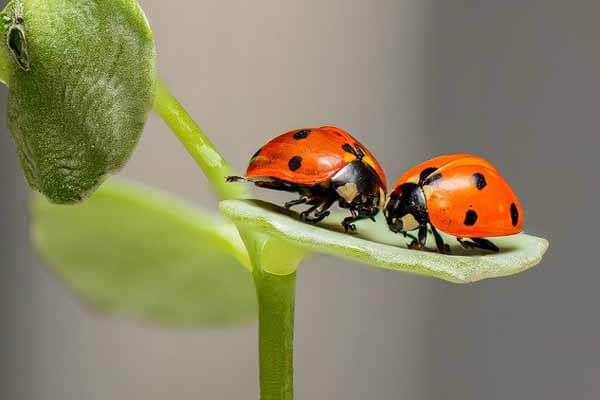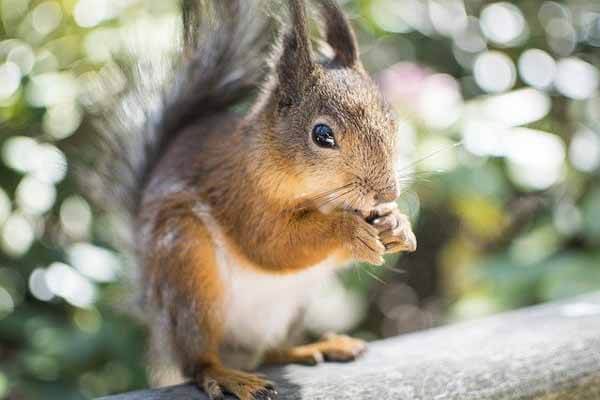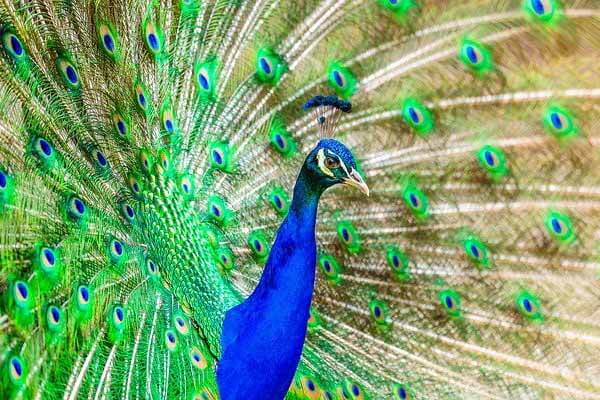Rhea is a nonflying bird that lives in South America.
Outwardly, it looks like an African ostrich. Despite this similarity, these ostriches are very distant relatives of the rhea-like. American Rhea is much smaller than its African ancestor and not so shy. Europeans first got acquainted with these birds in the 16th century. They were described by Pedro Cieza de León, a Spanish priest, and traveler. The first description of the ostrich appeared in his book “The Chronicles of Peru”. There are other fun facts about rhea.
Like ostriches, rhea can be bred on farms. It is done not only in South America. The Rhea farm was in Germany. Once, several birds ran away from it. They liked the climate in Germany, and they began to breed in natural conditions. Now their population has reached several hundred. They are trying to control it but to no avail. We have collected fun facts about rhea for you.
7 facts about rhea
- There are claws on the wings. These birds fight for the female and intimidate raptors.
- Rhea very well feels the danger. Therefore, near them often graze less sensitive pampas deer. When the ostrich rhea sees a predator, the whole herd runs away.
- During the breeding period, they are very aggressive. They are ready to fight with the first person they meet. Farmers are afraid to go into the field, and they have to bring a pack of dogs.
- Surprisingly, at the rest of the time, birds are passive and even phlegmatic. They allow a person to get closer if he does not show aggression. At this time, you can try to tame the birds.
- Hatching eggs is the duty of males. They can steal eggs from other nests and are ready to raise any chick, regardless of whether it is his offspring or not.
- They are unpretentious in food, so they eat everything they see. They eat vegetation in the fields, catch insects, hunt small reptiles. There are rumors that they hunt poisonous snakes, but there is no confirmation of this.
- During the race, they can catch up with, or even overtake the car. It is not surprising, because one step for this bird is two meters.
Top 3 fun facts about rhea
- When Charles Darwin arrived in Patagonia, he set out to find a small rhea, which even in those days was a rare bird. He did not succeed, but he was able to get some bones. According to these bones, Darwin concluded that the bird is a separate subspecies, which appeared separately from the ordinary species.
- Rhea is grown in captivity and then released into the wild. Before birds leave, they are taught to recognize raptors, because captive-bred birds are not afraid of anything.
- Males do not constantly hatch their eggs. Sometimes, they manage to find a young specimen ready to replace the male in the nest. Then, the Rhea Dad leaves and builds a new nest, where he has to hatch eggs again.
Natural enemies and the Rhea population
Few people would dare to attack an adult rhea. Only cougars and jaguars can attack and catch up with this ostrich. Young birds can be attacked even by stray dogs, to say nothing of larger predators. Eggs – a tidbit for an armadillo. All these animals cause significant damage to the population, but their numbers do not fall from it.
The birds also do not suffer much from humans. The main threat for them is farmers who consider them pests. Even space exploration does not cause them any tangible damage yet. For all economic needs, birds are grown on farms. Eggs and meat are used as food; brooms and mats are made from feathers. Eggs shells go to handicrafts and decorations.
Did you like fun facts about rhea? Share it with your friends.
Fun Facts About Rhea Bird Facts
The rhea is monogamous and has no sexual dimorphism. It lives in flocks of up to 50 individuals in the winter and in smaller groups in warmer seasons. Female solitary birds in these flocks lay their eggs in the nest. During incubation, the male rhea incubates the eggs and raises the chicks. It is the male’s job to incubate the eggs and care for the hatchlings.
Female rheas lay their eggs in the nests of the males. The males form a harem, getting yearlings to take care of their young. During the breeding season, a single female rhea can lay up to 25 eggs. Each egg weighs about half a kilogram. The resulting young hatches after about 30 days. But the Rhea has no mates and is considered a Near Threatened Species.
Rheas are polygamous, but they don’t have sexual dimorphism. They live in groups of up to 50 individuals during winter. In warmer seasons, they form smaller flocks with more than one female. They are solitary creatures that spend most of their time in the nests. The female rheas are sedentary, but they do tend the nests and care for the chicks.
In addition to its numerous holy attributes, the rhea has a diverse diet. Its feathers are long and sharp and are used to intimidate raptors. The rhea also grazes less sensitive pampas deer. The rhea is polygamous and is often found in southeastern Asia. This means that the females are polygamous. While a few rheas have been killed in the past, the rest have survived to this day.
In the mythological world, the rhea has a thin oxygen atmosphere, which may be the only planet in the Solar System with an atmosphere. This thin atmosphere is believed to be the first celestial body to have an oxygen-rich environment. The rhea’s oxygen is five trillion times less dense than that of Earth. It also has carbon dioxide, which may have been delivered by comets.
Rhea is a flightless bird that lives in South America. Its wings help the animal balance itself while running at high speeds. Like other birds, Rheas have layered and patterned skin. The American rhea is a leucistic bird with blue eyes and white feathers. While most species of Rheas are aggressive and territorial, their unique characteristics make them interesting animals.
Its habitat is in South America, but the female Rheas lay their eggs every other day in a ground nest designed by the male. Several female Rheas lay their eggs in the same nest. During this time, the male rhea incubates the eggs of all of his mates. The newly hatched young are taken care of by the father.
The moon’s density is low for its size. Its density is only 1.24 times the density of liquid water. Because of this, it is thought to be about 75% ice. Moreover, the high reflectivity of the moon makes it a fascinating subject for studies. Its shape and size are similar to those of Dione and Tethys, but it is heavier and more cratered than its sisters.


